Celebrating Diversity: South African Traditional Dresses Reflect Cultural Identity
Celebrating Diversity: South African Traditional Dresses Reflect Cultural Identity
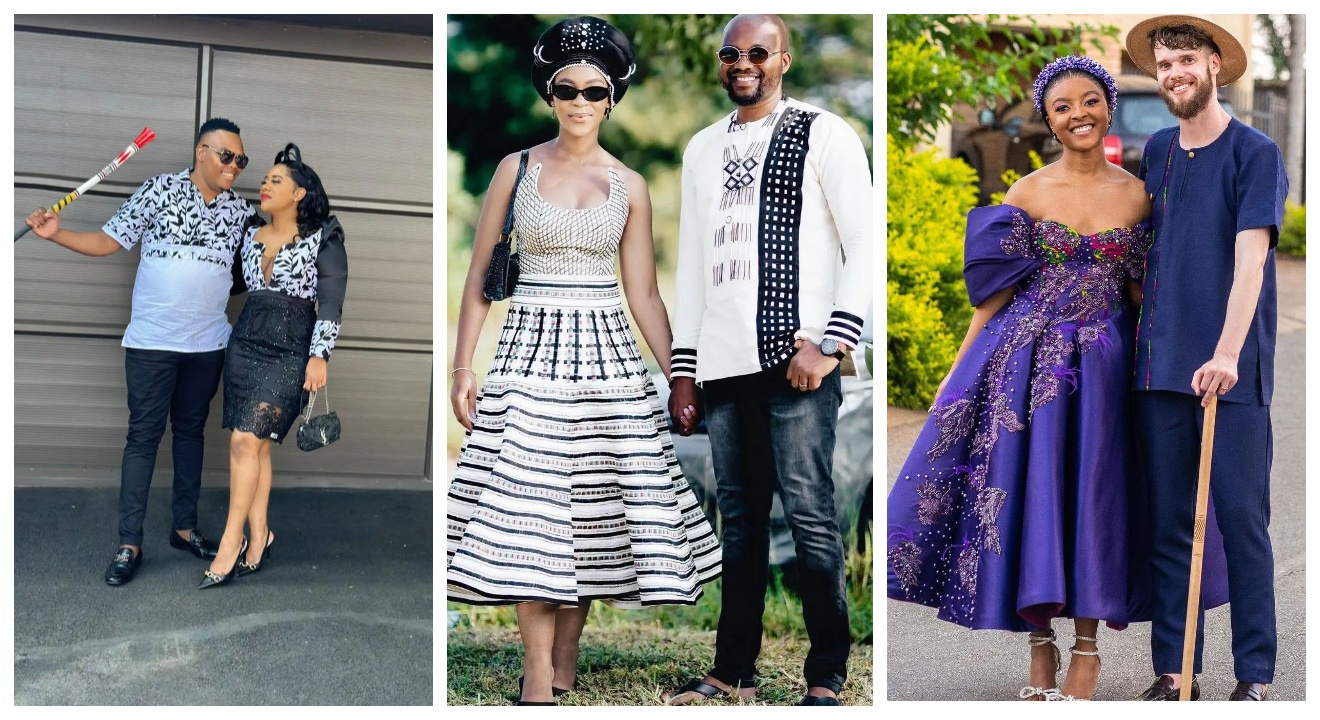
Introduction
South Africa is a vibrant country that celebrates its diverse cultural heritage in many ways. One of the most significant expressions of this diversity is through traditional dresses. These beautiful garments not only symbolize the rich cultural identity of different communities but also contribute to the country’s unique cultural tapestry.
The importance of traditional dresses in South African culture
In South Africa, traditional dresses hold great cultural significance. They serve as a way for communities to showcase their heritage, customs, and values. Each traditional dress has its own distinct style, colors, and patterns, representing the unique identity of the culture it belongs to.
Wearing traditional dresses is a way of preserving and honoring ancestral traditions. By embracing their cultural attire, South Africans proudly showcase their history and pass it on to future generations.
Traditional dresses are also worn during special occasions such as weddings, festivals, and ceremonies. They are not just garments; they are visual symbols of unity, pride, and celebration. Through these dresses, South Africans come together to honor and celebrate their shared cultural heritage.
Furthermore, traditional dresses play a significant role in promoting tourism and cultural exchange. Visitors to South Africa can explore and appreciate the beauty and diversity of the country’s traditional attire. This fosters understanding and appreciation for the different cultures within the nation.
In conclusion, South African traditional dresses are not just pieces of clothing but bearers of history, culture, and tradition. Celebrating diversity through these garments contributes to the country’s collective identity and fosters a sense of unity among its people.
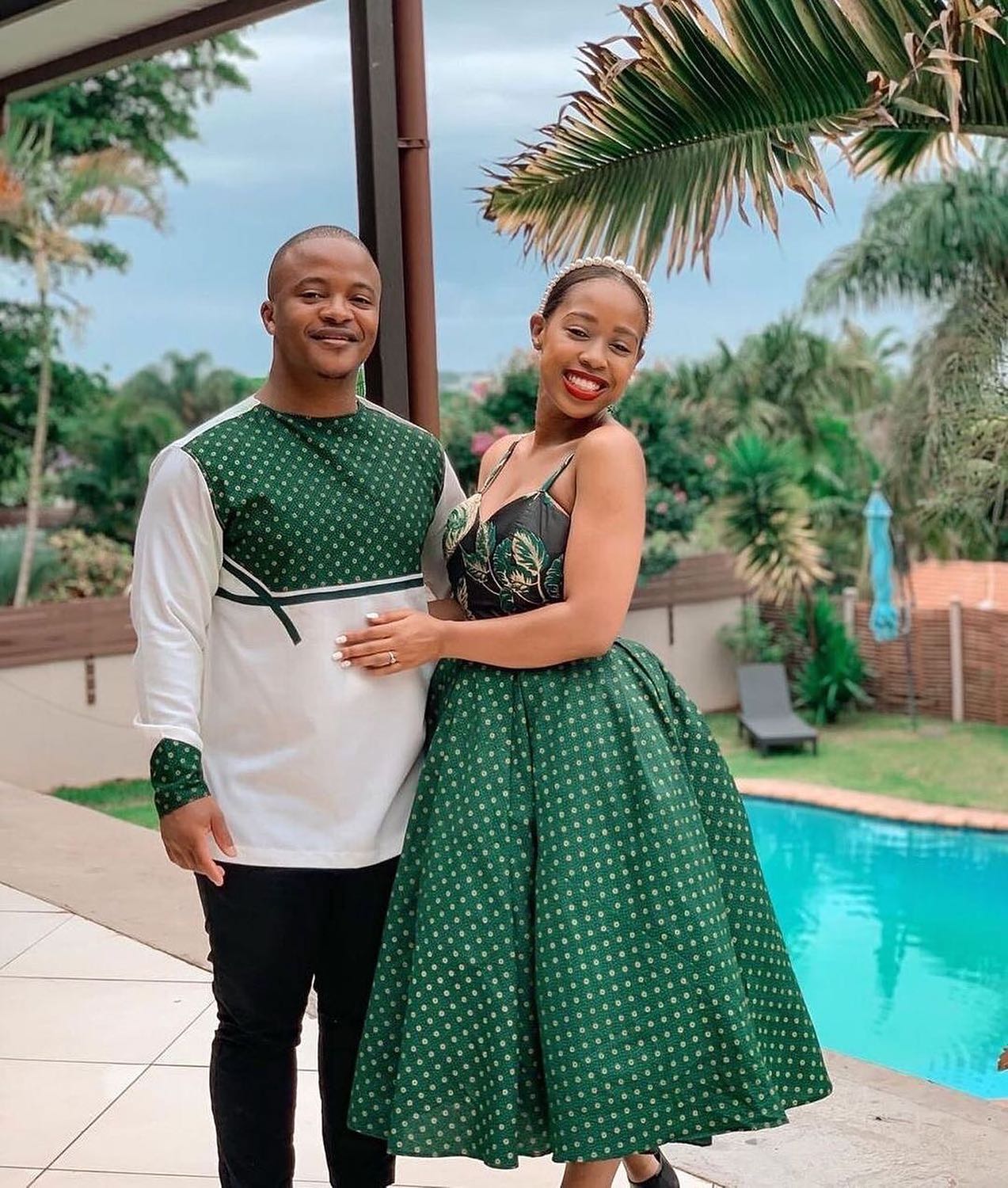
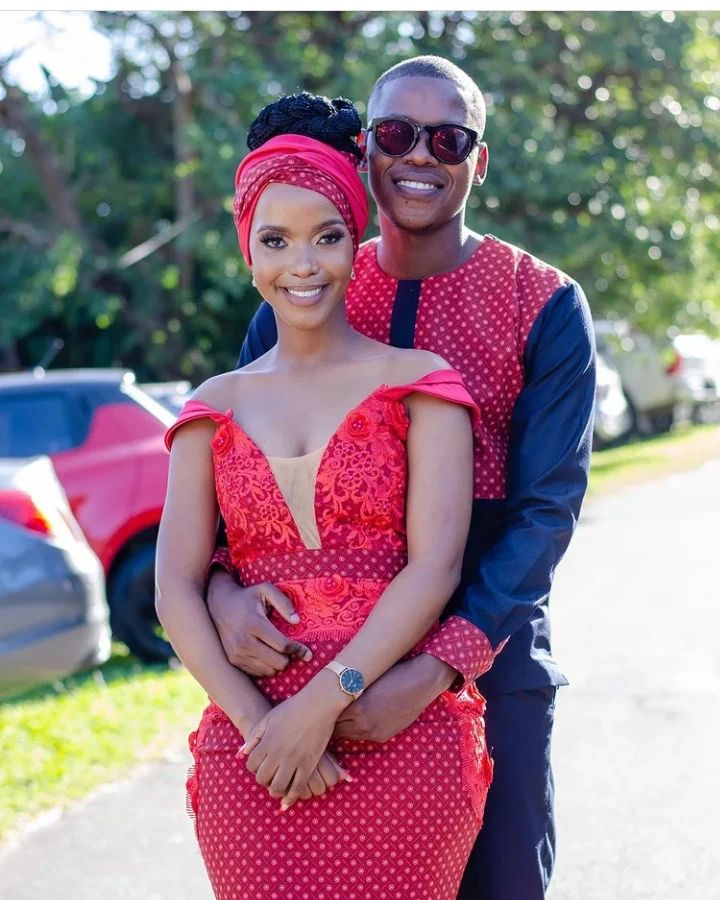
Zulu Traditional Dress
Overview of Zulu traditional dress
The Zulu people of South Africa have a rich cultural heritage that is reflected in their traditional dress. Zulu traditional dress is characterized by bold and vibrant colors, intricate beadwork, and unique patterns. Women typically wear a isiNene (a cowhide skirt) or an iphovela (a wraparound skirt), while men wear an isikhakha (a loin cloth) or ibheshu (a back apron). Both men and women adorn themselves with beaded necklaces, bracelets, and headbands.
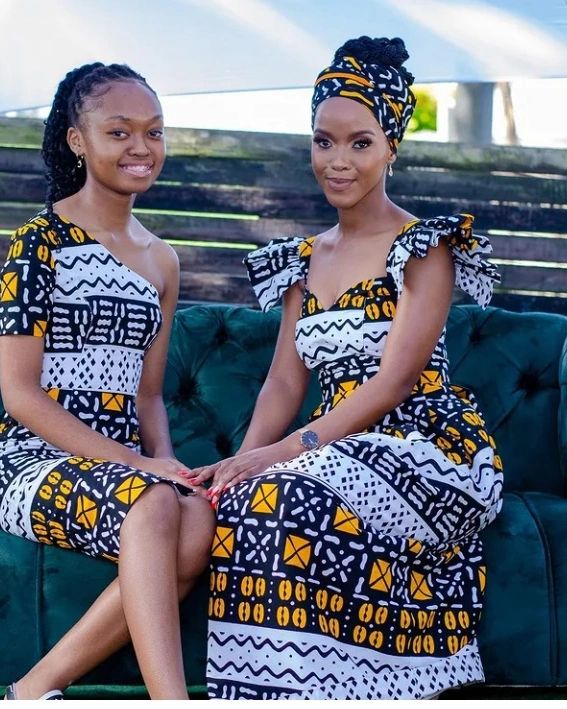
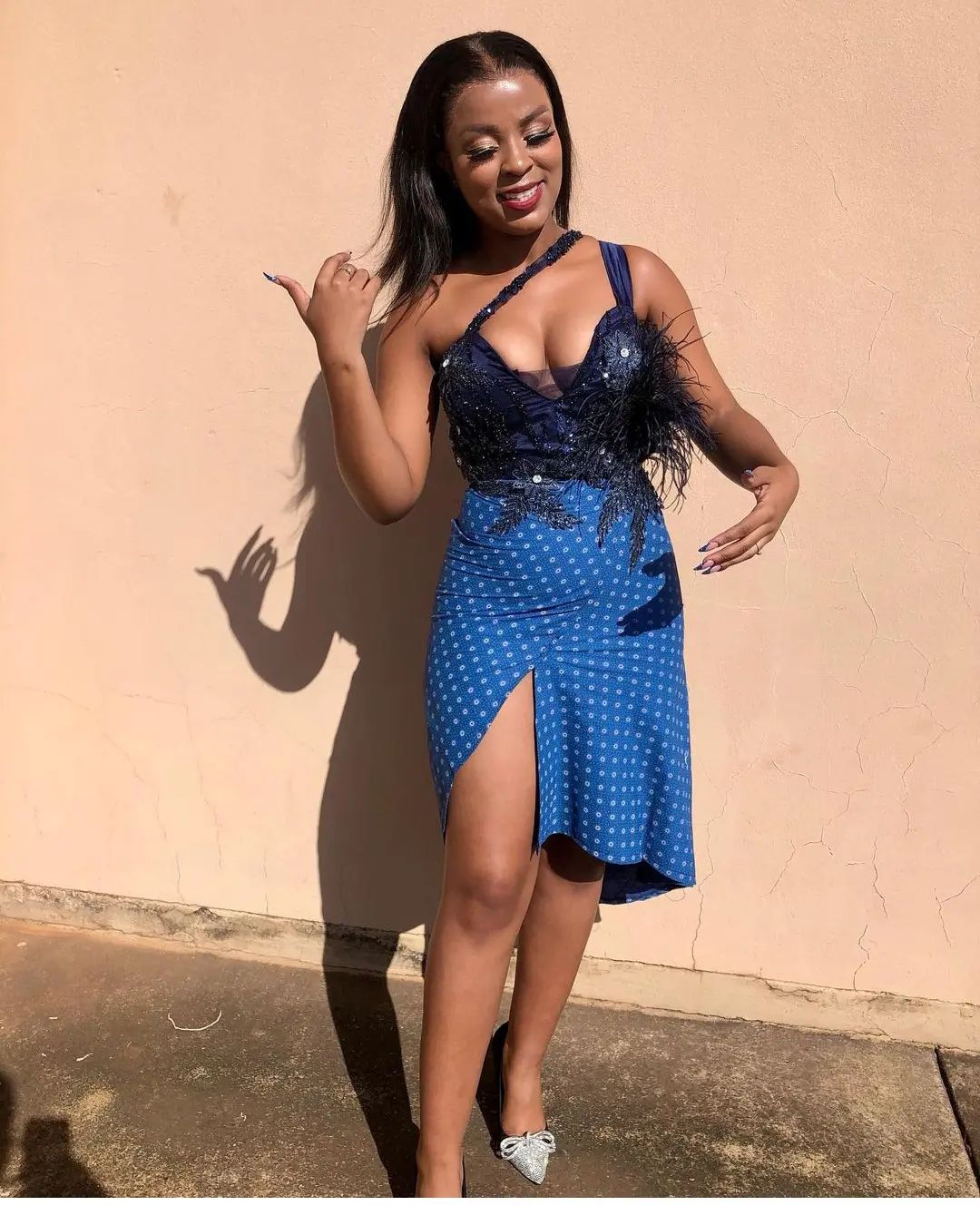
Significance and symbolism of Zulu attire
Zulu traditional dress holds great significance in the community and serves as a symbol of cultural identity. The vibrant colors represent joy, celebration, and vitality. The intricate beadwork tells stories of heritage and ancestry. Each bead color carries a specific meaning, such as love, fertility, or bravery. By wearing their traditional dress, Zulu people honor their ancestors, preserve their cultural heritage, and proudly display their identity.
The Zulu people’s traditional dress also plays a crucial role in special events and ceremonies. For example, during traditional weddings, both the bride and groom wear elaborate outfits that showcase their cultural heritage. These outfits not only celebrate the couple’s love but also serve as a visual representation of the merging of families and the continuation of traditions.
In conclusion, Zulu traditional dress is more than just clothing; it is a reflection of the Zulu people’s rich cultural heritage, their values, and their sense of identity. By embracing their traditional dress, the Zulu people celebrate diversity and ensure that their cultural legacy lives on for future generations to appreciate and cherish.
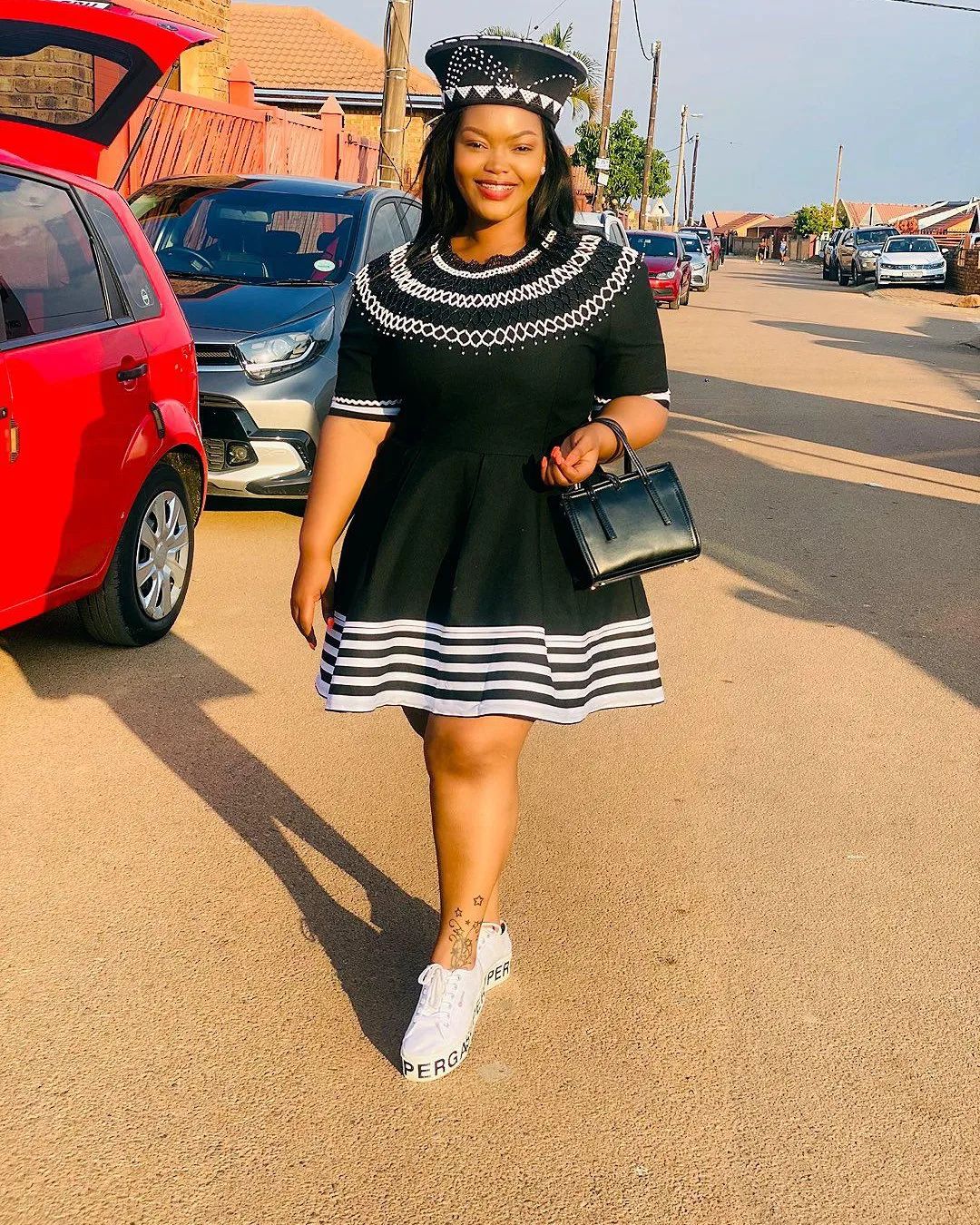
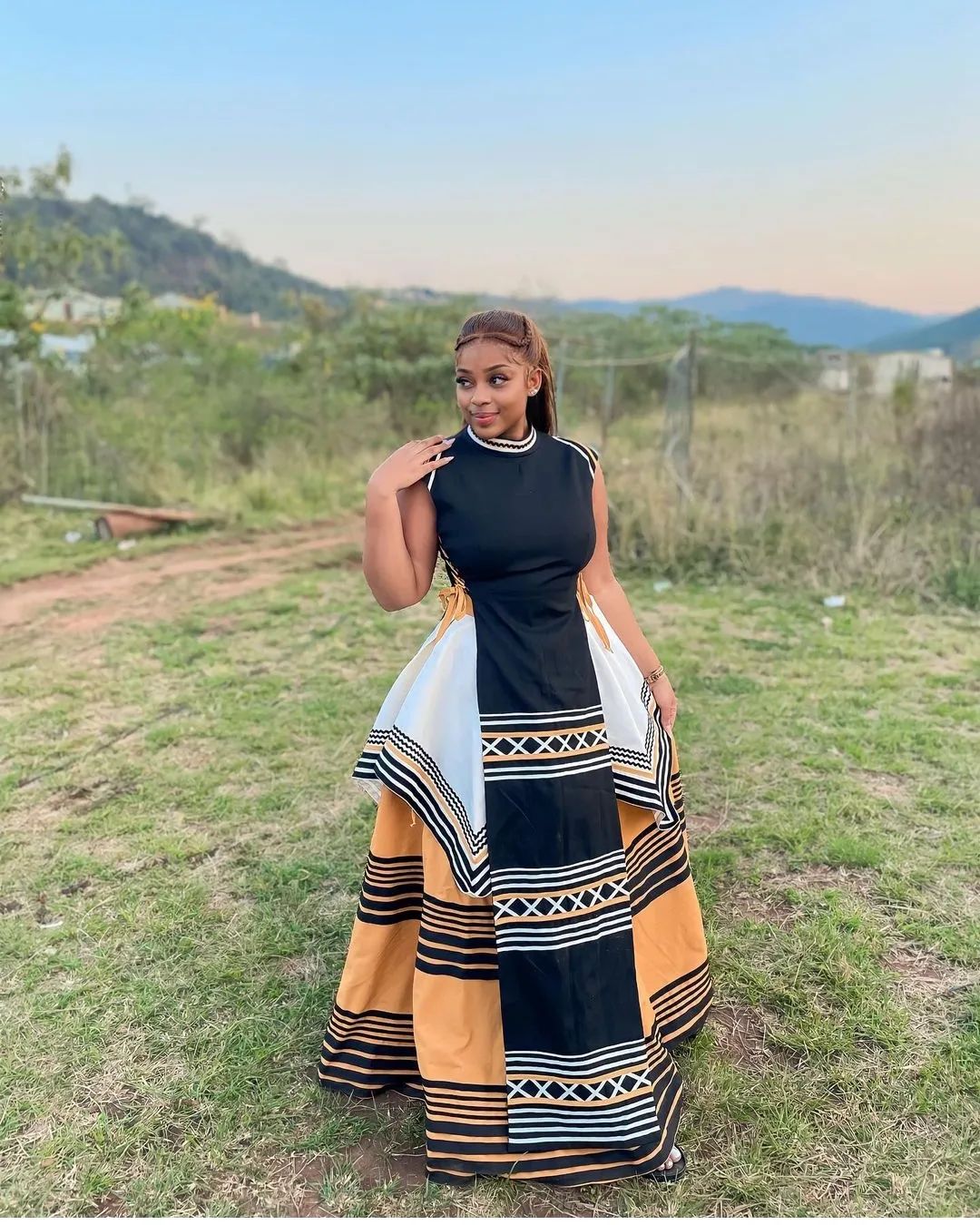
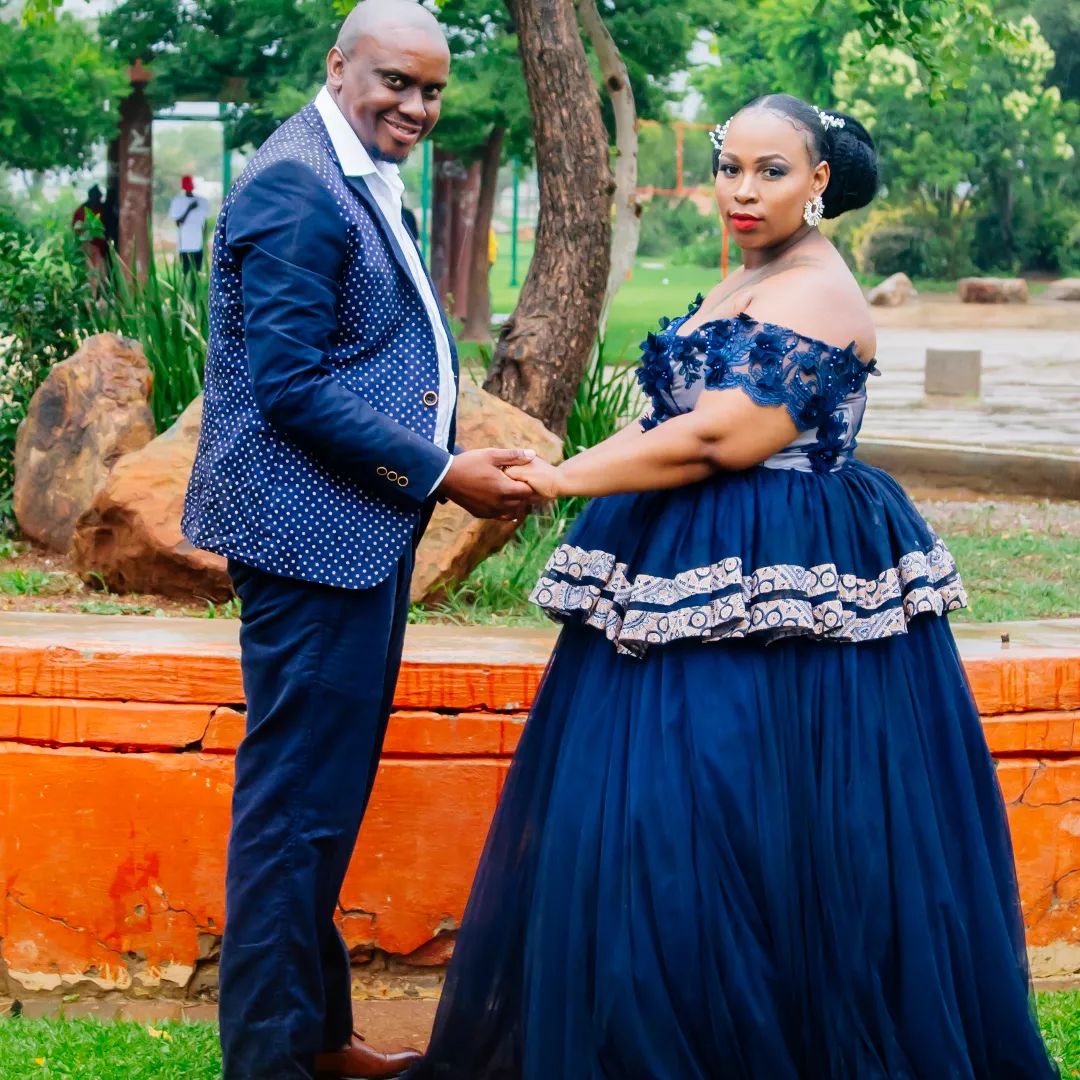
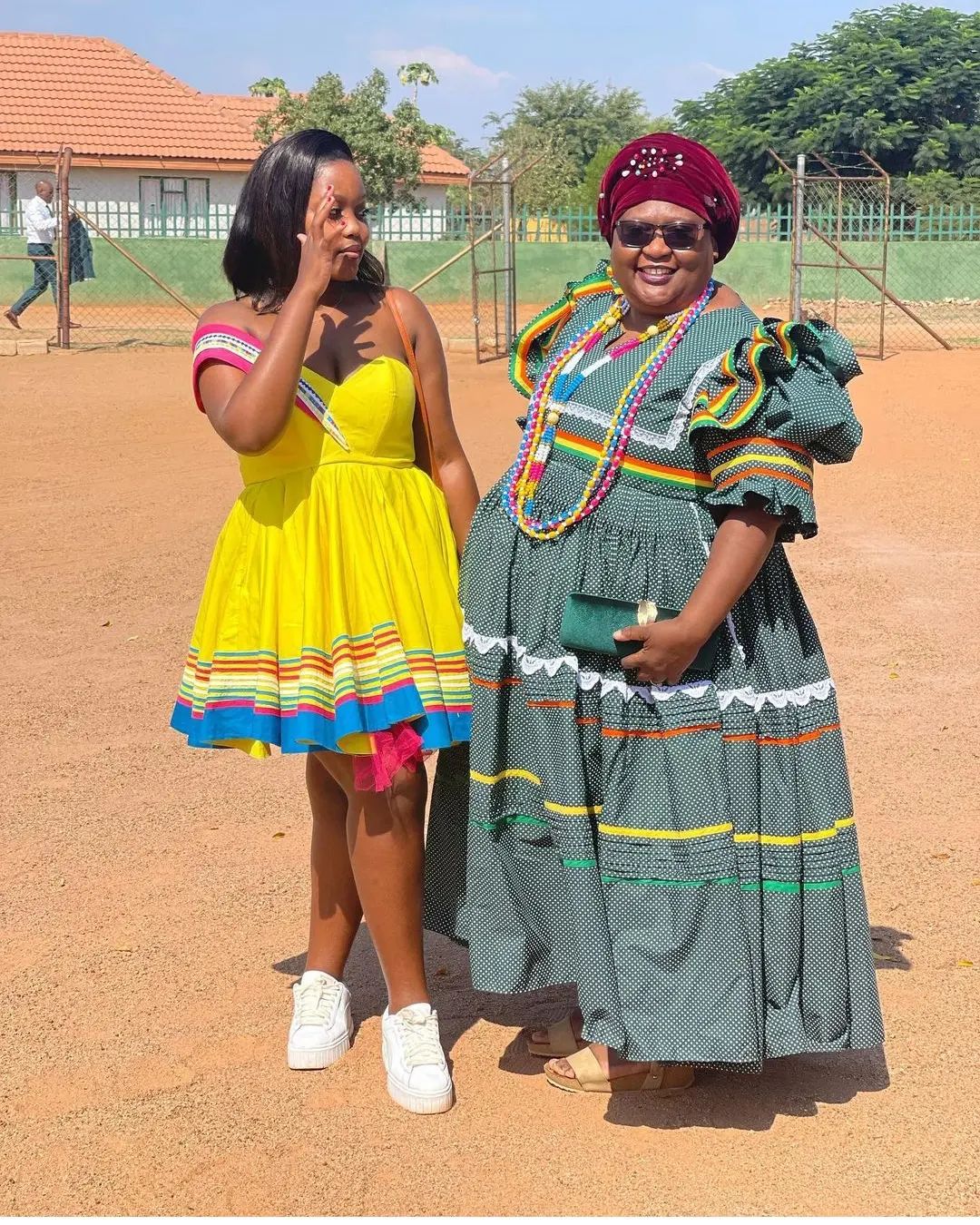
Xhosa Traditional Dress
Overview of Xhosa traditional dress
The Xhosa people of South Africa are known for their rich cultural heritage, and their traditional dress is a significant aspect of their identity. The Xhosa traditional dress, often called “isishweshwe,” is a vibrant reflection of their history, customs, and beliefs.
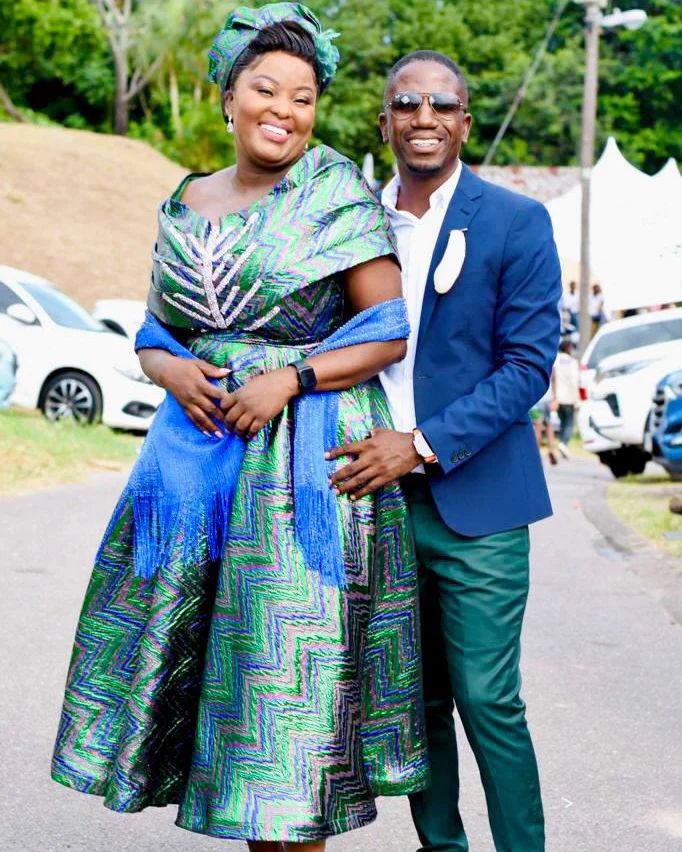
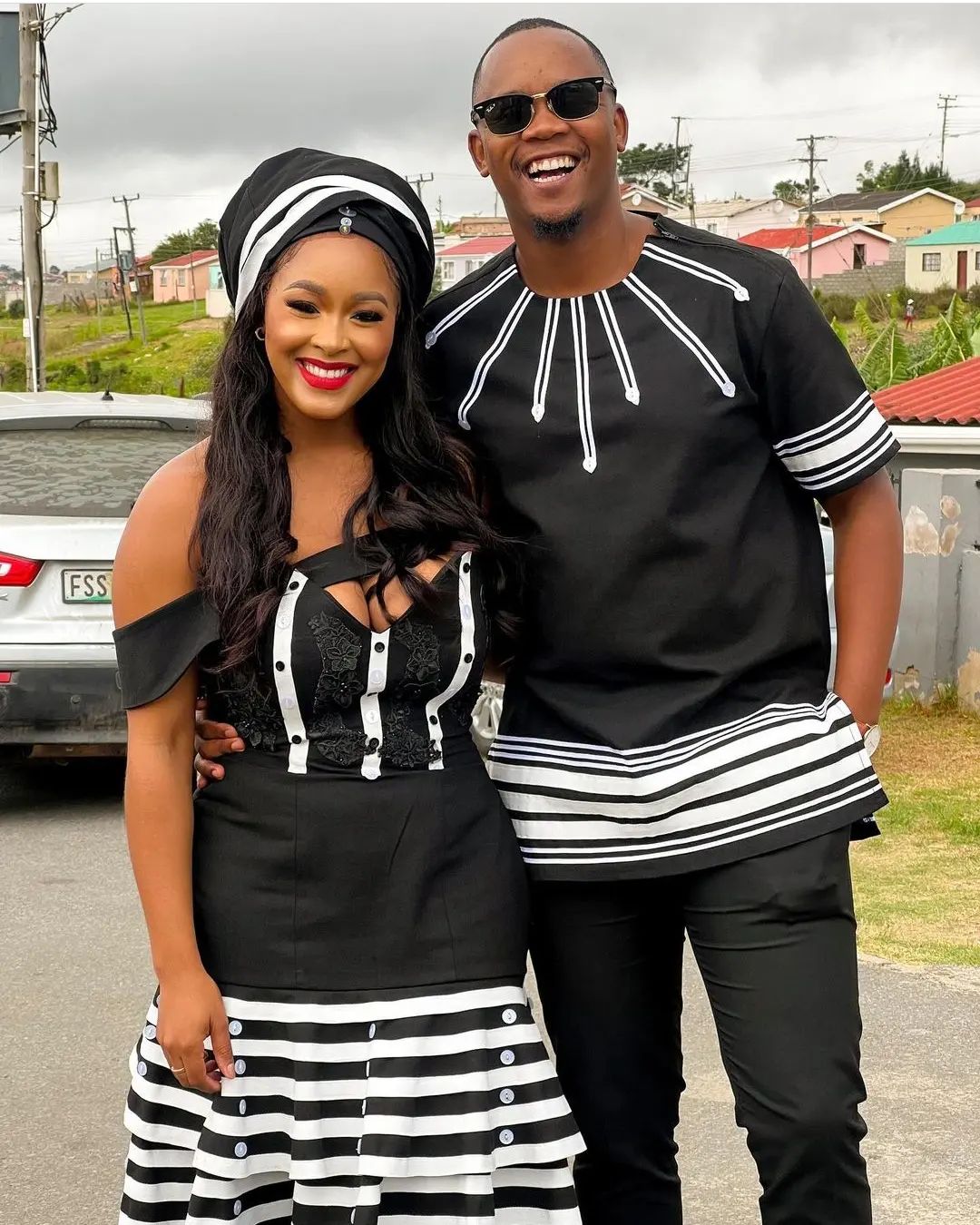
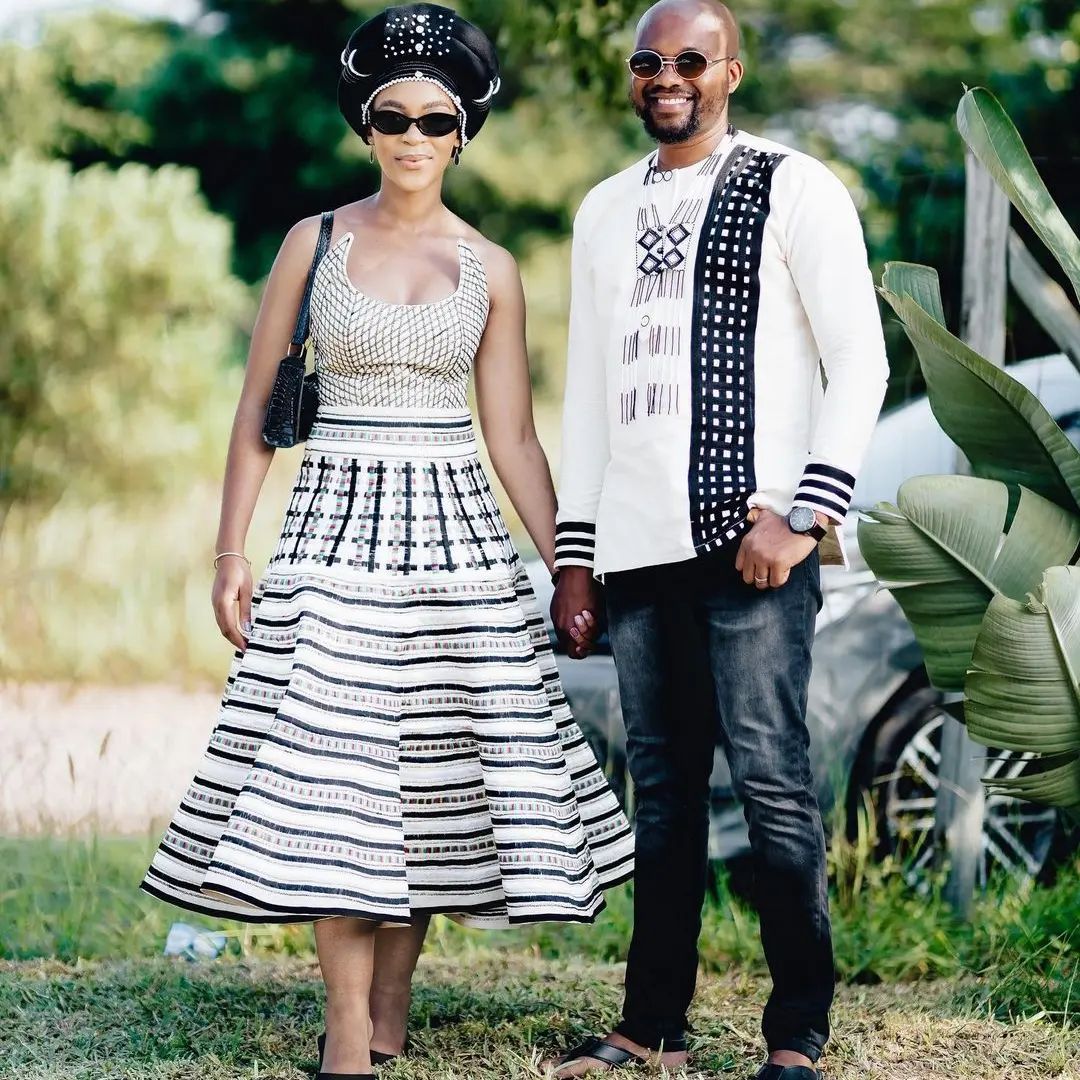
Distinctive features and meanings of Xhosa attire
Xhosa traditional dress is characterized by bold and bright colors, intricate beadwork, and striking patterns. Women wear a variety of garments, including skirts, aprons, and cowhide or sheepskin capes called “iicikoti.” Men typically wear animal skin loin cloths called “isidwaba” or trousers made from imported fabrics.
Each element of the Xhosa traditional dress holds symbolic meaning. For example, beadwork is often used to represent social status or marital status, with different patterns distinguishing married and unmarried women. The vibrant colors signify joy, celebration, and cultural pride.
The Xhosa traditional dress is more than just clothing; it is a way for the Xhosa people to honor their ancestors, preserve their heritage, and express their cultural identity. It is also commonly worn during special occasions such as weddings, initiation ceremonies, and festivals.
By celebrating and appreciating the beauty and significance of the Xhosa traditional dress, we can embrace diversity and foster cultural understanding in our global community.
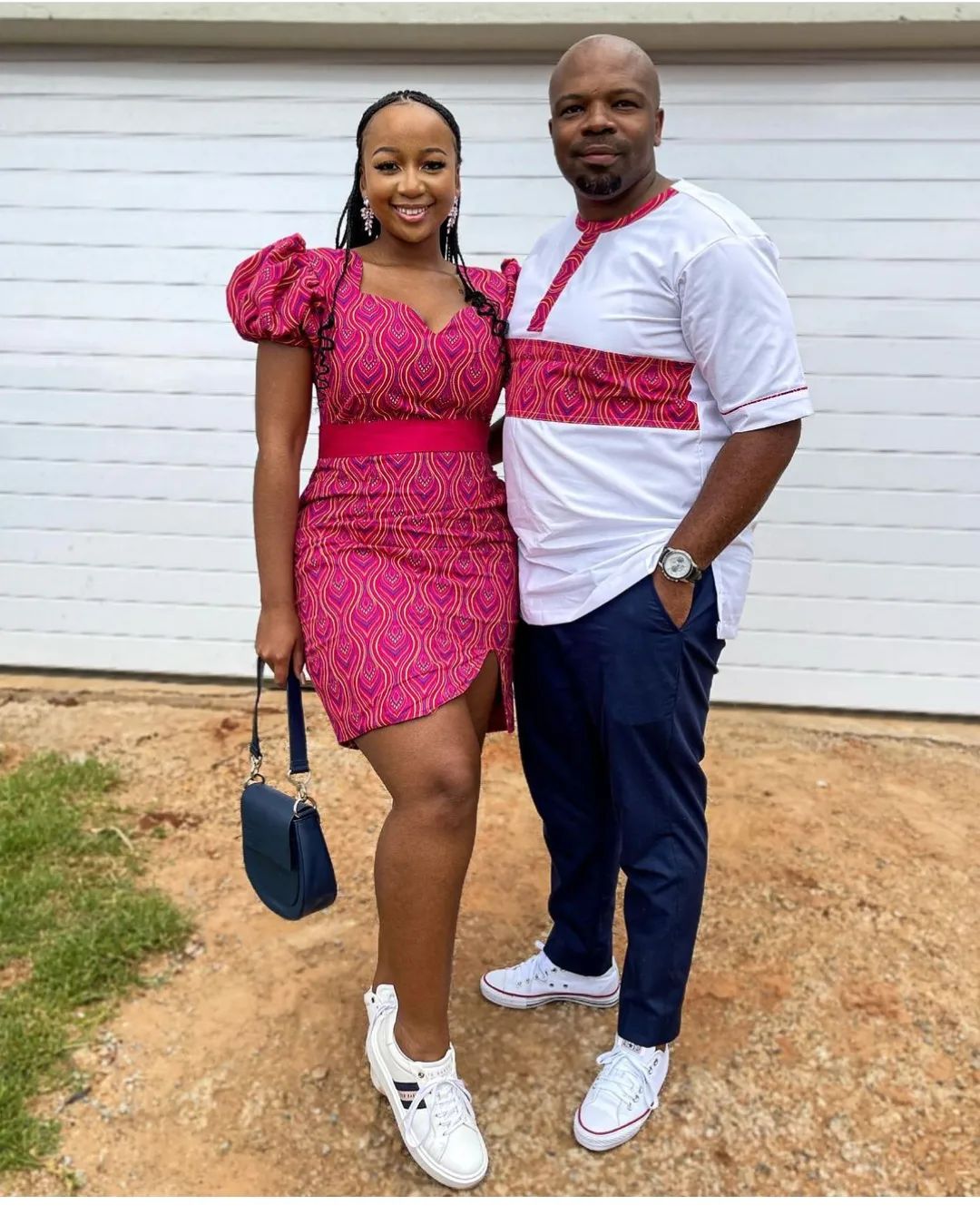
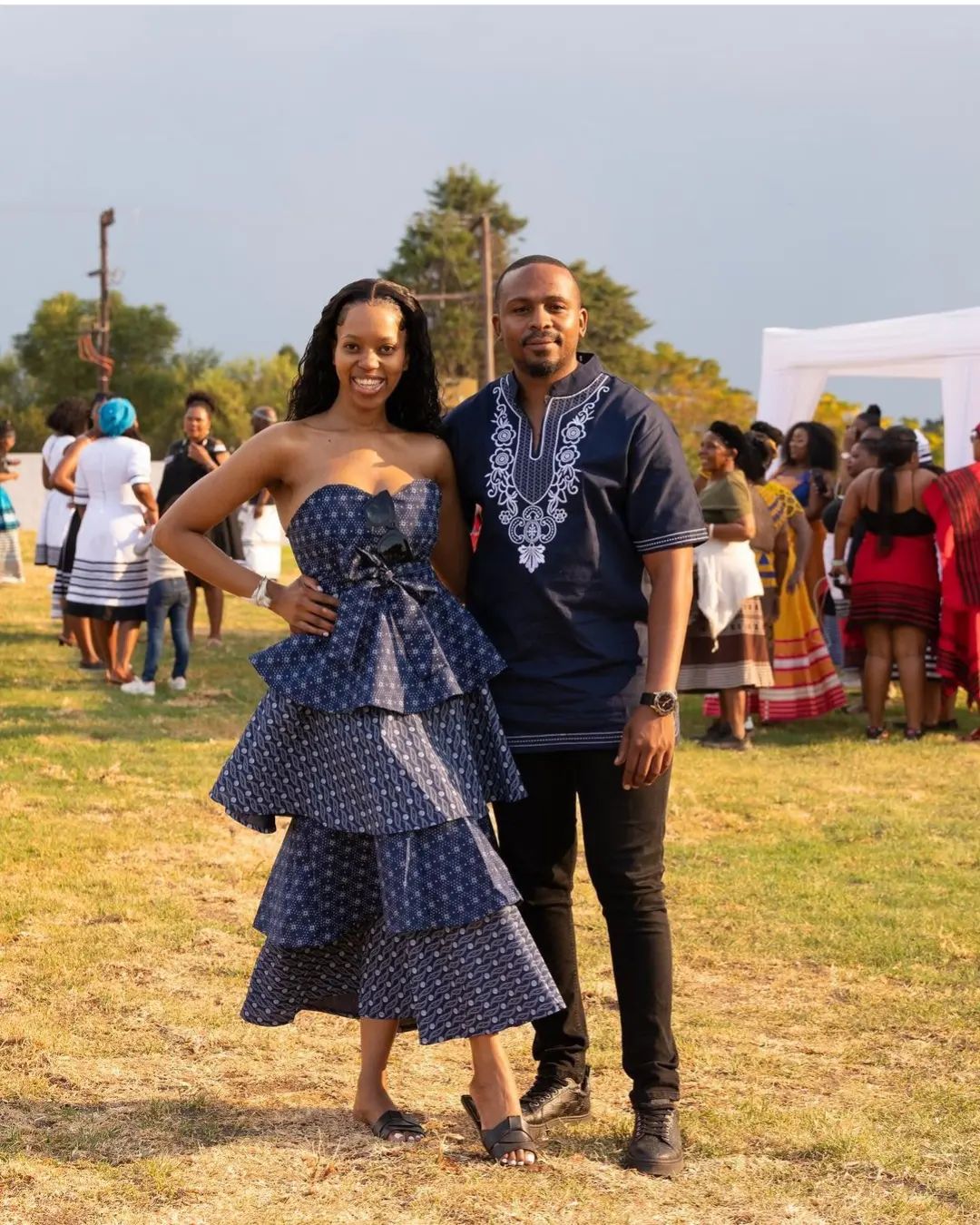
Ndebele Traditional Dress
Overview of Ndebele traditional dress
The Ndebele people of South Africa have a rich cultural heritage that is beautifully reflected in their traditional attire. The Ndebele traditional dress is known for its vibrant colors and striking geometric patterns that adorn both men and women. These garments are meticulously handmade by skilled artisans using traditional techniques that have been passed down through generations.
Unique characteristics and cultural significance of Ndebele attire
The Ndebele traditional dress holds immense cultural significance for the community. Each color and pattern has its own meaning and represents different aspects of their heritage. For example, the zigzag patterns symbolize protection, while the triangle shapes represent the unity of the community. These garments are worn during important ceremonies and celebrations, such as weddings and initiation ceremonies, showcasing the pride and identity of the Ndebele people.
What makes Ndebele attire particularly special is its ability to celebrate diversity within the community. Each individual has the freedom to personalize their dress with different colors and patterns, showcasing their unique identity while still adhering to the traditional style. This emphasis on individual expression within a shared cultural context reflects the spirit of unity and diversity found within Ndebele culture.
By celebrating their traditional dress, the Ndebele people not only preserve their heritage but also promote cultural diversity and inclusivity. Their attire serves as a visual representation of their identity, history, and values, making it an important aspect of their cultural heritage that continues to be cherished and celebrated today.
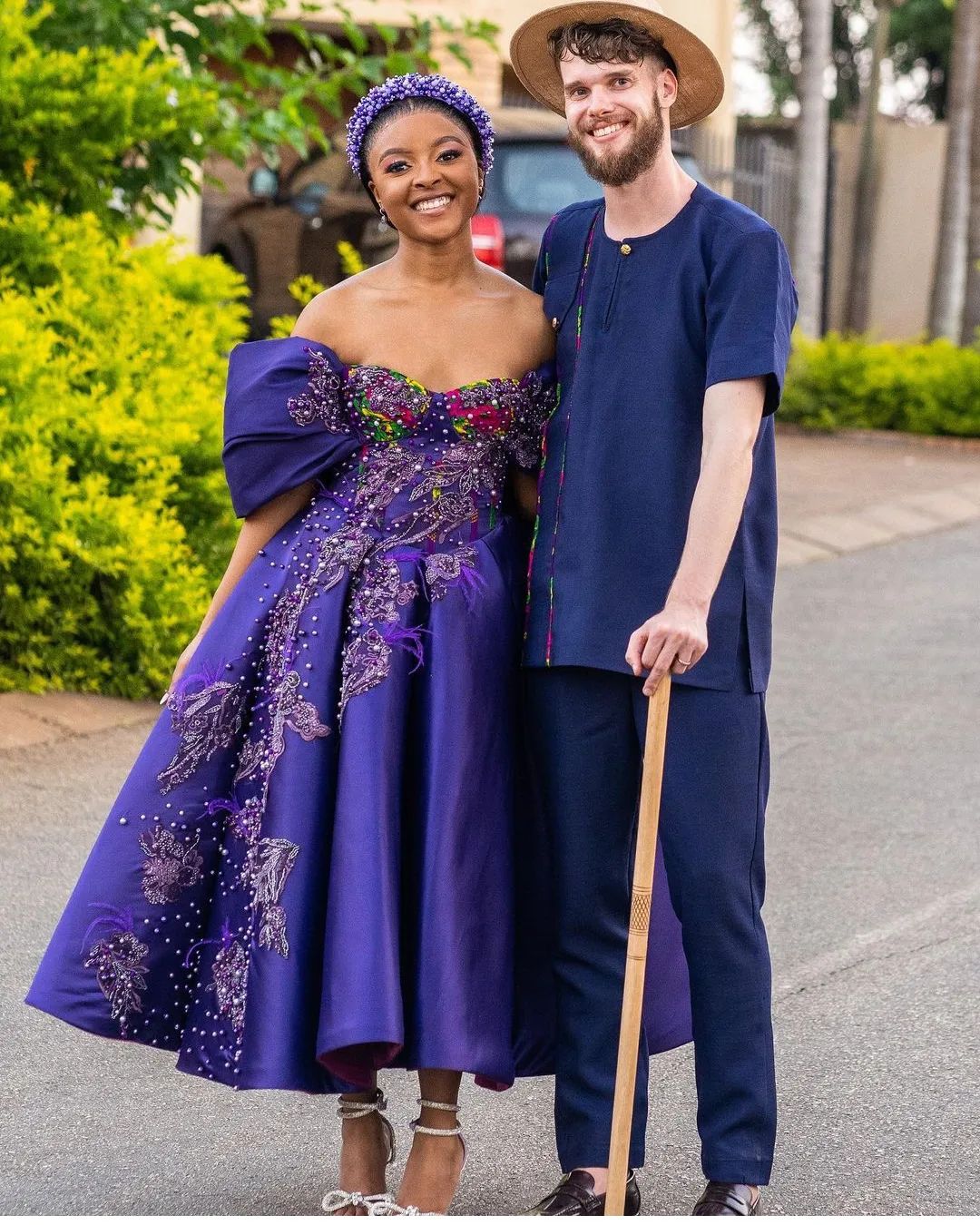
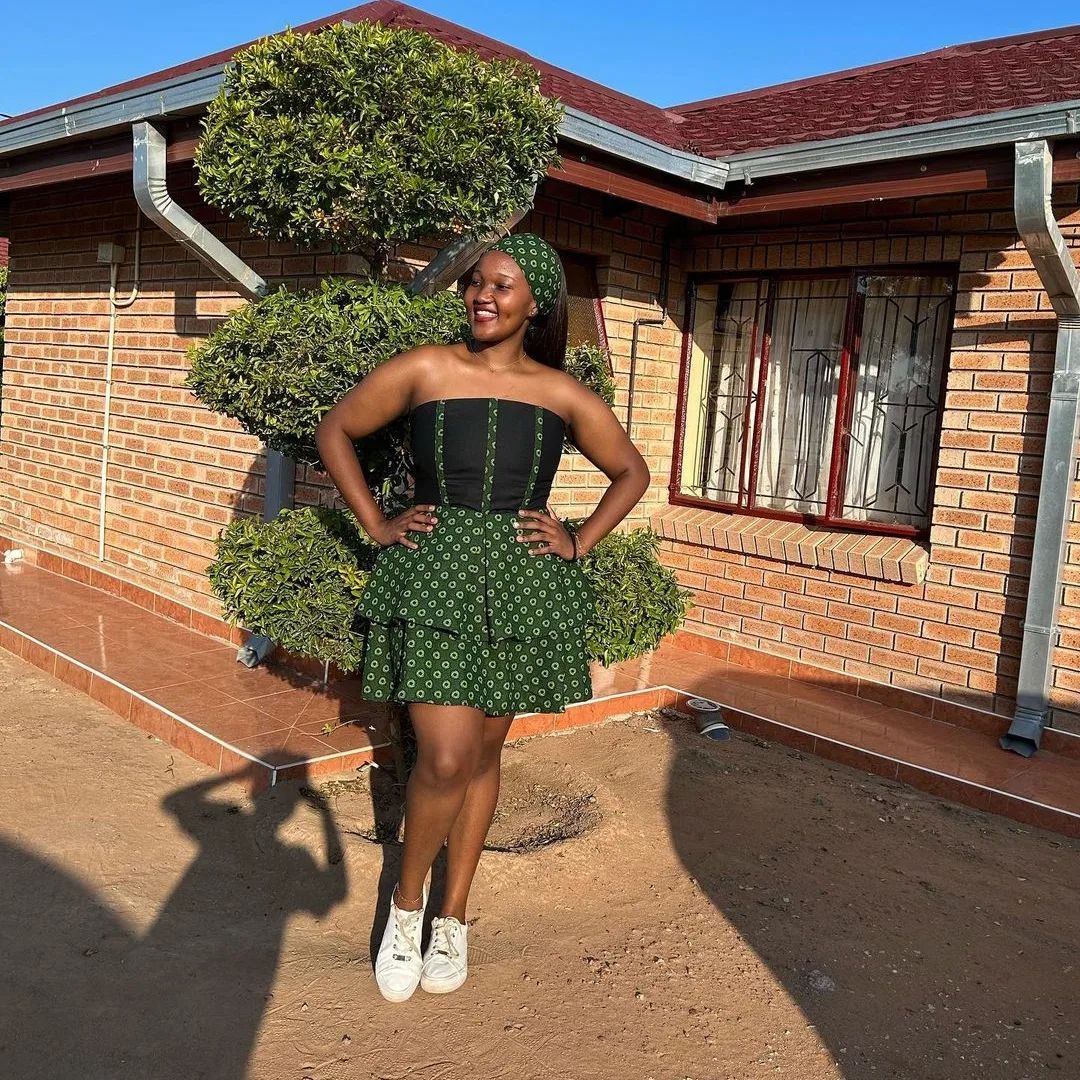
Sotho Traditional Dress
Overview of Sotho traditional dress
The Sotho people of South Africa have a rich cultural heritage, which is beautifully reflected in their traditional dress. The attire consists of vibrant and colorful fabrics, adorned with intricate patterns and designs. Men typically wear a knee-length garment called a “seshoeshoe” or “makoti,” while women don a dress known as a “pinafore” or “diphosha.” These garments are often accessorized with traditional headwear, necklaces, and beaded jewelry, enhancing the overall visual appeal.
Meaning and symbolism behind Sotho attire
Each element of the Sotho traditional dress carries deep meaning and significance. The vibrant colors signify joy, celebration, and cultural pride. The intricate patterns tell stories and depict historical events, acting as a visual tapestry of the community’s collective memory. Additionally, the attire serves as a symbol of identity and belonging, preserving and promoting the Sotho culture from generation to generation.
The Sotho traditional dress is not just clothing; it is an embodiment of history, heritage, and cultural pride. By celebrating diversity through these beautiful garments, the Sotho people pay homage to their ancestors and display their unique cultural identity for all to see.
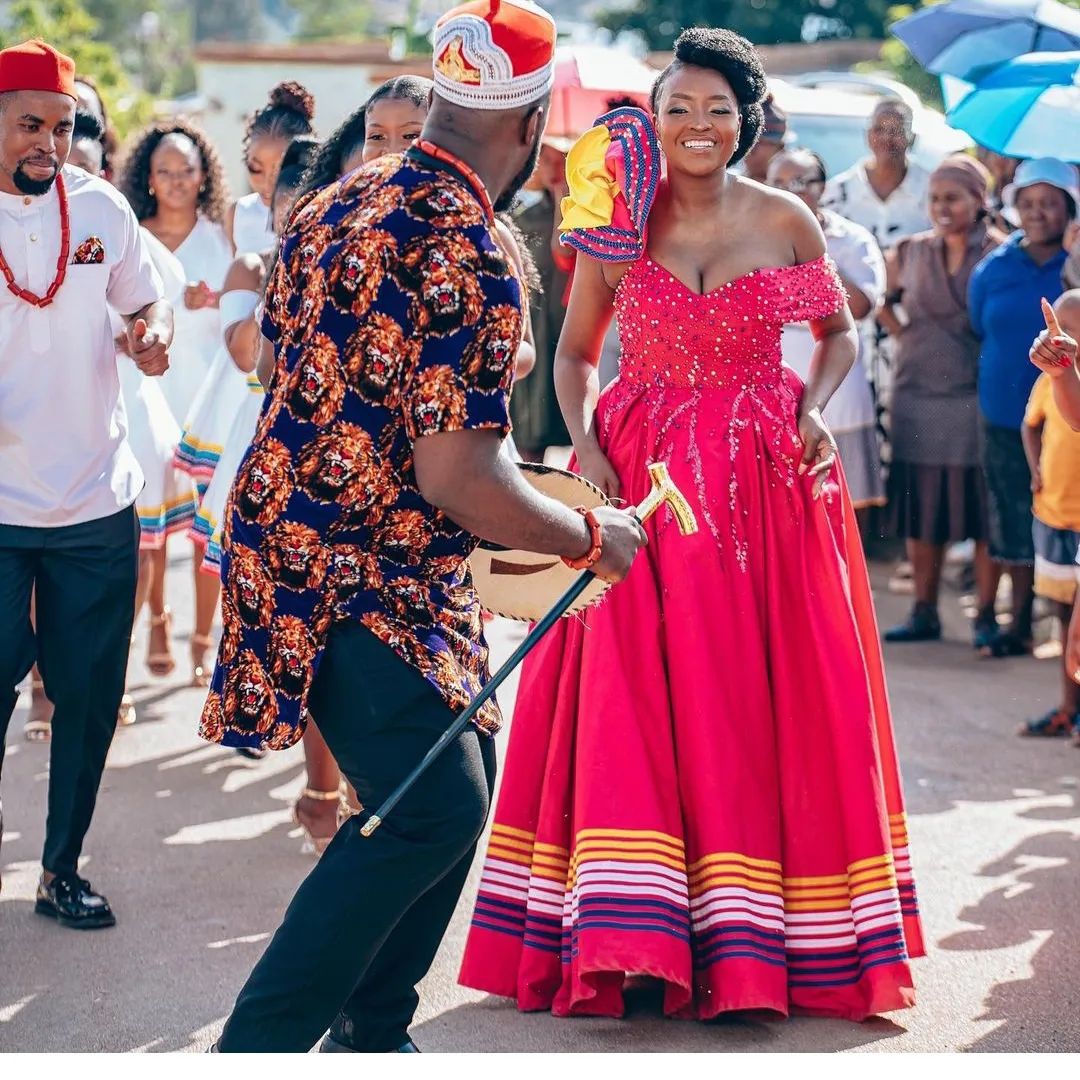
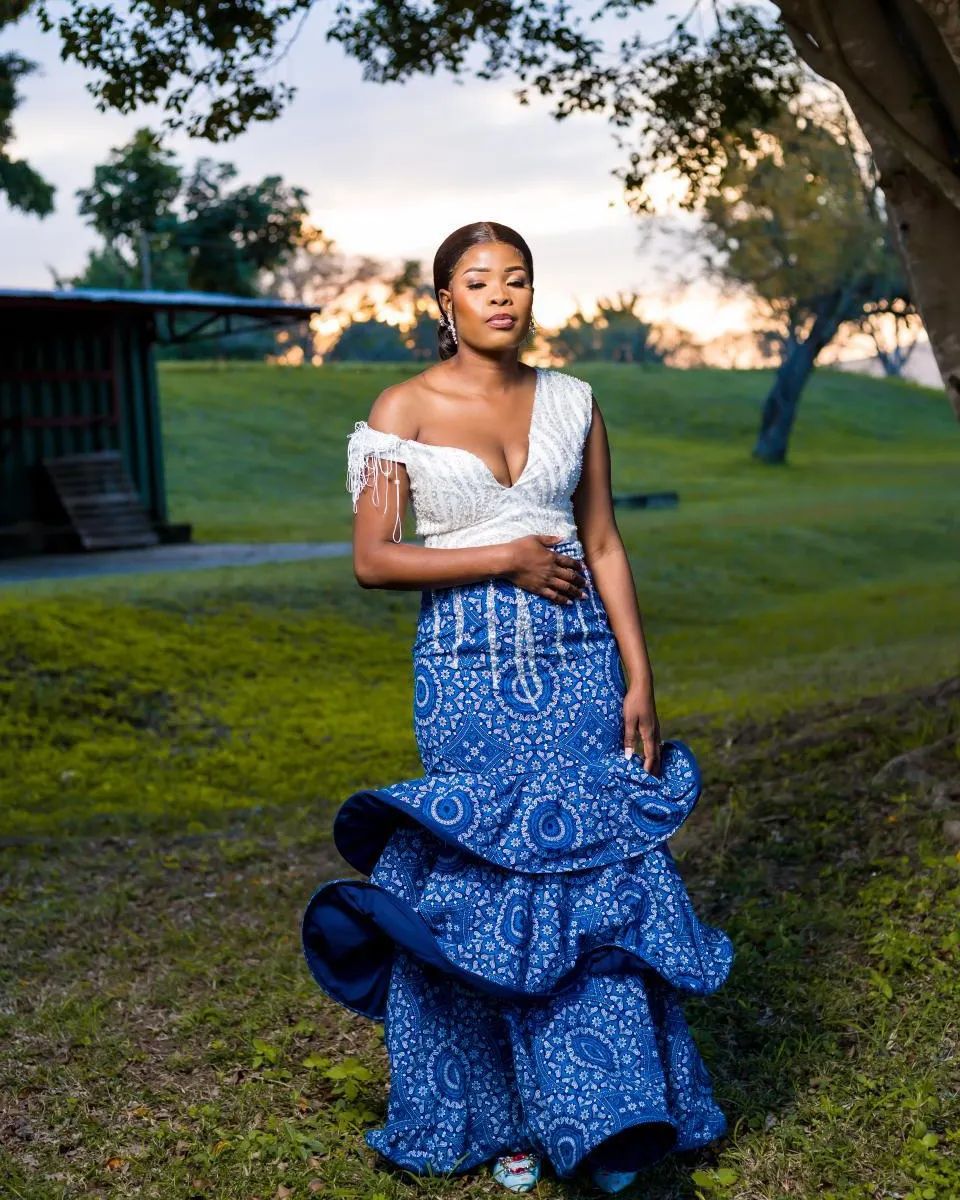
Venda Traditional Dress
Overview of Venda traditional dress
The Venda people of South Africa have a rich cultural heritage, which is beautifully reflected in their traditional dress. The Venda traditional dress is a vibrant and colorful representation of their cultural identity.
The women wear a dress known as the “Domba,” which is made from colorful fabric adorned with intricate beadwork and embroidery. The Domba is often accompanied by a matching headscarf and jewelry such as necklaces, bracelets, and anklets.
The traditional dress for men consists of a knee-length skirt made from animal skin called “tshirwana.” They pair the skirt with a shirt, usually made from brightly colored fabric. Men also wear unique headgear adorned with feathers and shells, symbolizing their status in the community.
The Venda traditional dress not only reflects their rich history and cultural values but also serves as a form of self-expression and pride. It is worn during special occasions such as weddings, festivals, and cultural ceremonies, allowing the Venda people to showcase their unique cultural identity to the world.
In conclusion, the Venda traditional dress is more than just clothing; it is a symbol of cultural pride, heritage, and celebration of diversity. By embracing and preserving their traditional dress, the Venda people continue to honor their ancestors and pass on their rich customs and traditions to future generations.
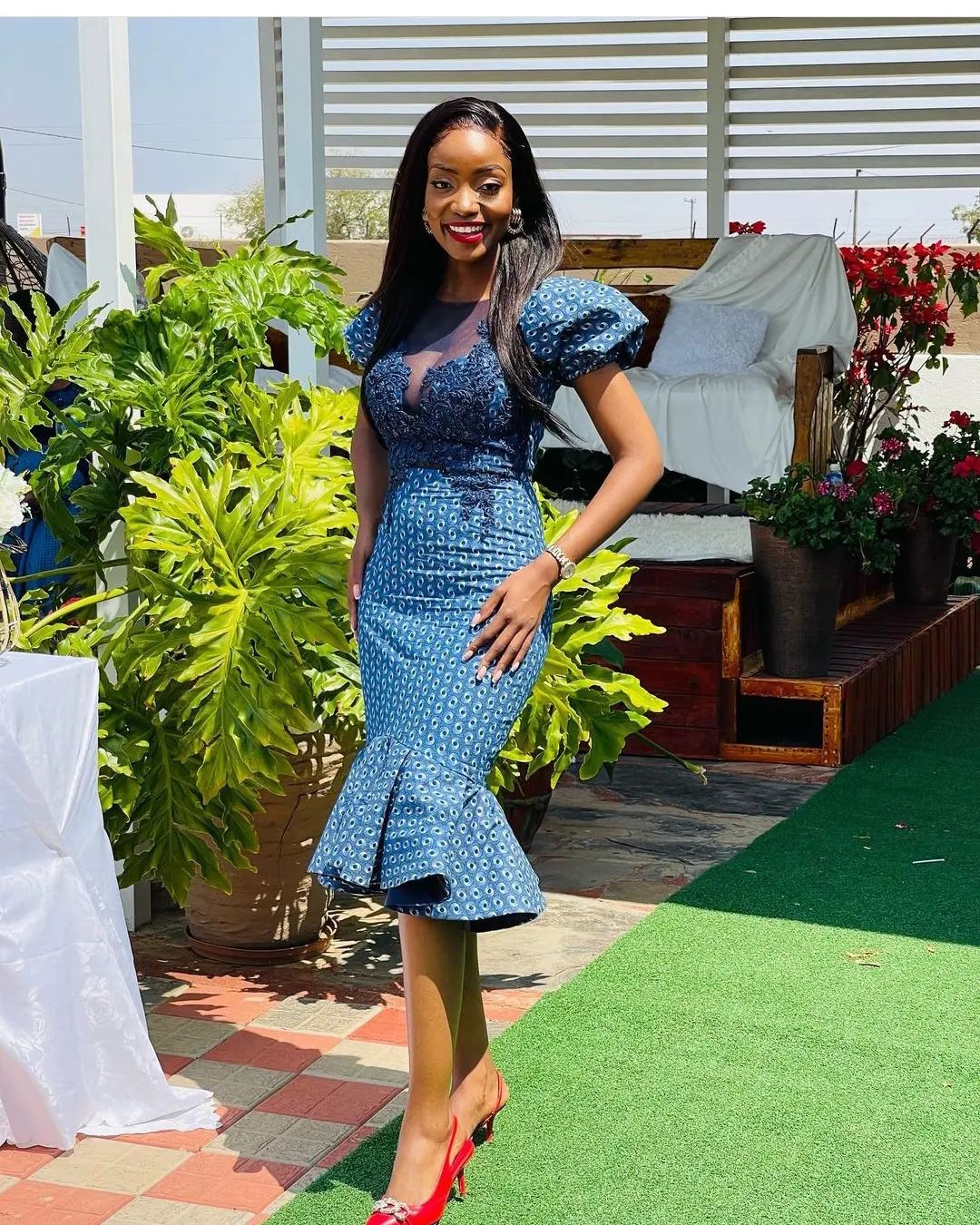
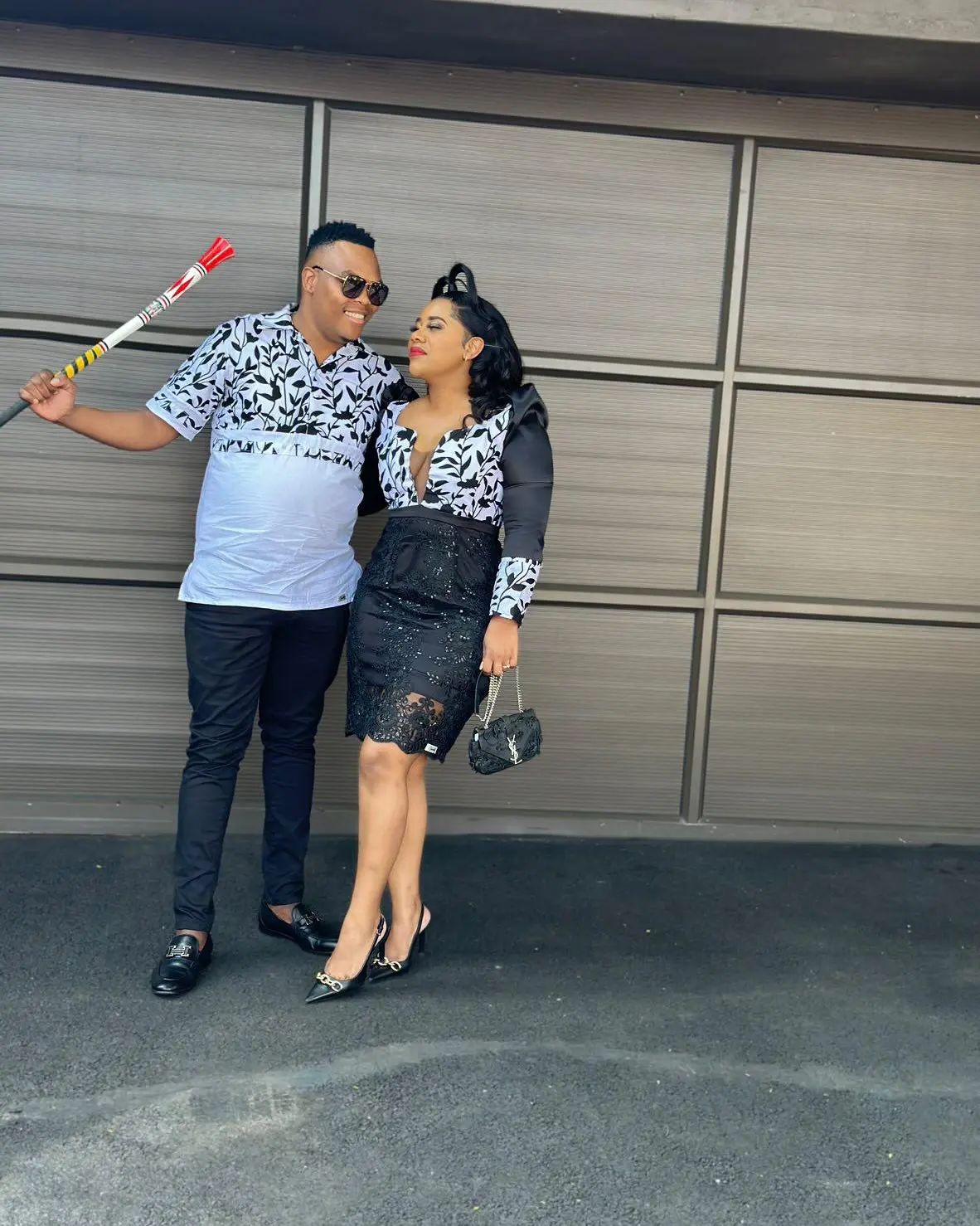
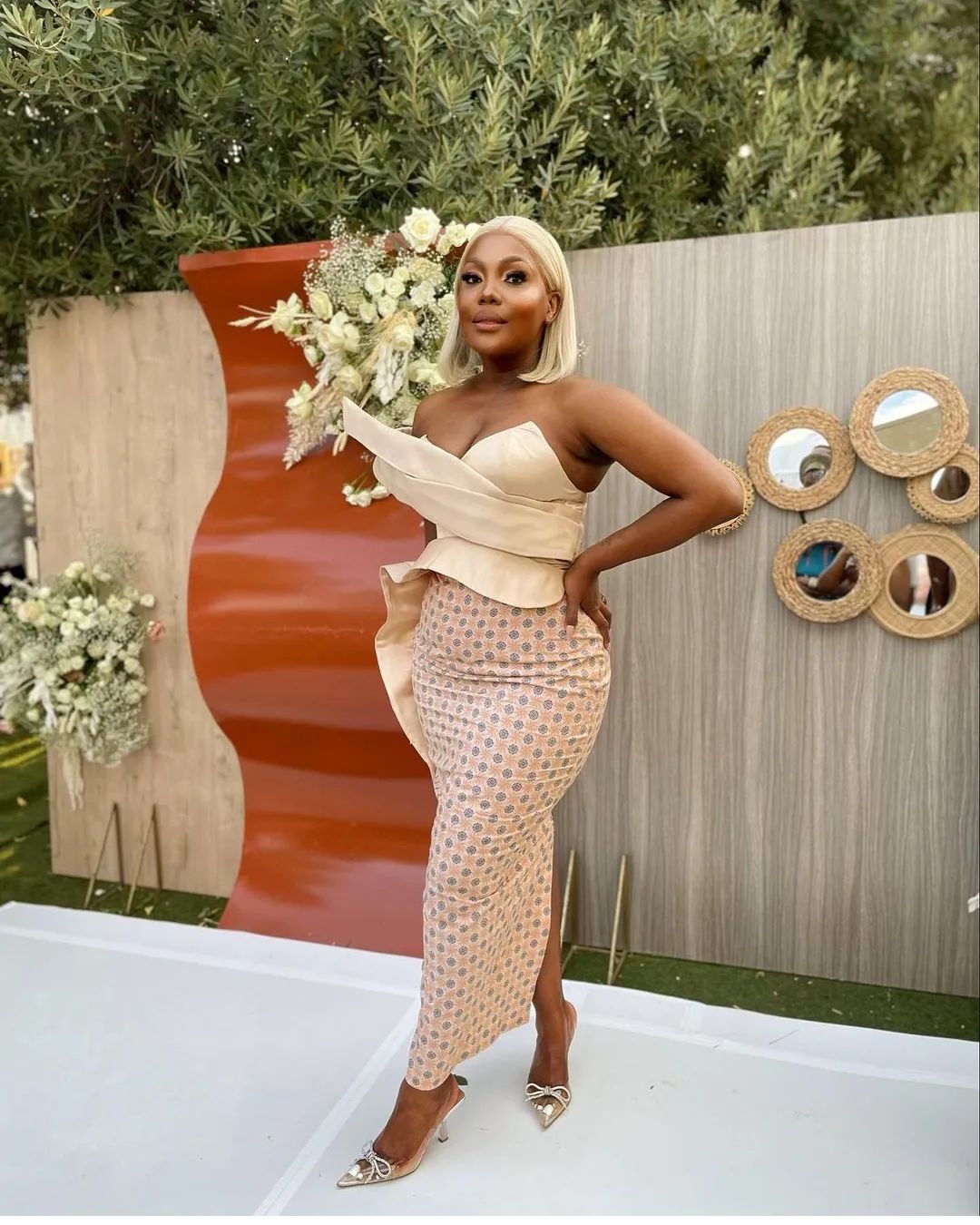
Comments are closed.